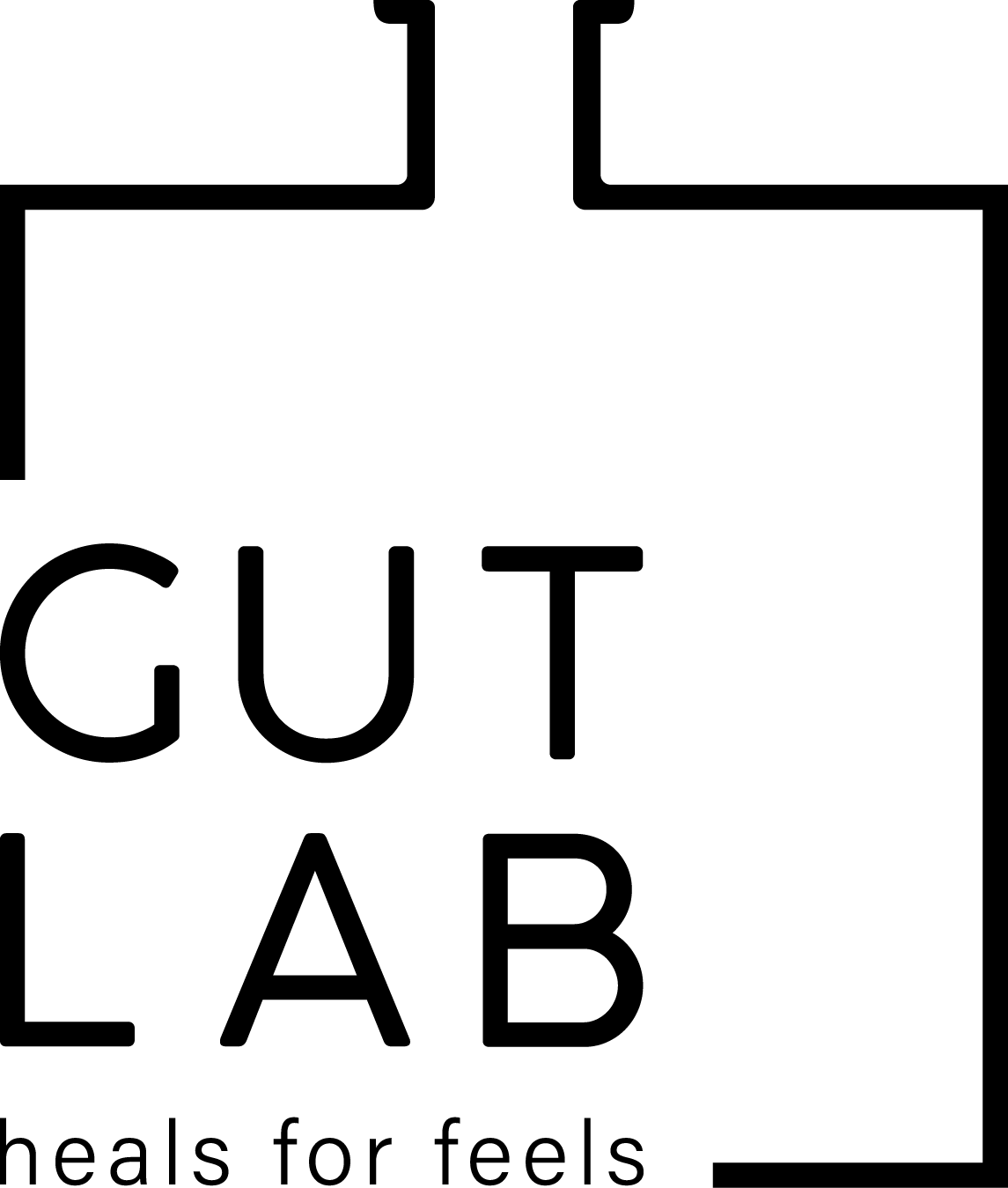Do you really have histamine intolerance?
It’s a term that gets thrown around a lot in the natural health world, but it’s not a condition you can be diagnosed with. ‘Histamine intolerance’ is a term that refers to a collection of symptoms which seem to worsen when foods that are high in histamine, or stimulate the release of histamine, are consumed.
Symptoms associated with histamine intolerance:
Wheezing
Urticaria
Sinus reactions
Skin reactions
A good idea in determining if you have a genuine problem tolerating histamine is to take an anti-histamine tablet and see if it helps you.
Factors that can cause or contribute to so called ‘histamine intolerance’:
Excess histamine production
DAO (diamine oxidase enzyme) deficiency
HMNT mutation (a gene involved in deactivating histamine)
Poor methylation in the liver
Mast cell activation disorder (MCAD)
Food allergies vs food sensitivities
There are different types of immune responses, which can be divided into 2 main types.
IgE mediated and non-IgE mediated.
Non-IgE mediated responses are not allergies, they are IgG or IgM immunoglobulin reactions which typically occur in the digestive tract and involve delayed symptoms like vomiting, diarrhoea or bloating. These responses do not activate the histamine pathway.
A histamine reaction is mediated by IgE antibodies which means it’s an immediate allergic response. E.g. Consume aged cheese and experience wheezing, difficulty breathing or a skin reaction immediately.
If you have an IgE or allergic reaction to foods or environmental chemicals, the IgE antibodies activate mast cells. Mast cells release chemical mediators including histamine. Histamine has different affects all throughout the body as we have histamine receptors everywhere. Skin, itching redness, gut, motility, bloating, brain, neurotransmitter responses, mood, anger, irritability.
Going on a low histamine diet is a waste of time if you have non-IgE mediated food sensitivities.
Degrees of histamine reactions.
1. Mast cells that we produce in a normal state are triggered in an inflammatory response. The next level of histamine reactions is someone who gets the occasional skin reaction – which can be subtle, and often different day to day. The trigger may be known, e.g. cats or seasonal pollen.
2. The next degree is chronic histamine issues such as constant sinus congestion, gut issues, migraines, wheezing etc. It may have begun lightly and worsened over time.
3. The next level of severity is MCAD, when part of the innate immune system becomes hyperactive, causing the release of chemicals including histamine that affect every organ and body system. This means significant and severe reactions, not just the occasional response.
If a low histamine diet helps you, and anti-histamine tablets illicit a helpful outcome, then it may be a genuine histamine problem or MCAD. If this is the case, you need to work with a practitioner to look back and work out what happened when it started.
Low histamine diets restrict important stuff e.g. fermented foods, so the best outcome is to identify the root cause of the problem and address that, so that these foods are no longer problematic and can be included in your diet.
Examples of questions to ask if you suffer true histamine reactions or MCAD:
Were you exposed to environmental toxins such as mold for a long period? Mold can lead to a shift from IgG reactions to IgE reactions.
Have you suffered parasitic infections that were tough to eradicate? Mast cells can be activated by parasitic infections.
Long term or significant infections – neutrophils triggered by certain conditons can activate mast cells.
Have you worked with a practitioner to have an IgE reactions test? This might provide some helpful insight into triggers. Hit the button below and work with Sarah to get to the bottom of it all.




